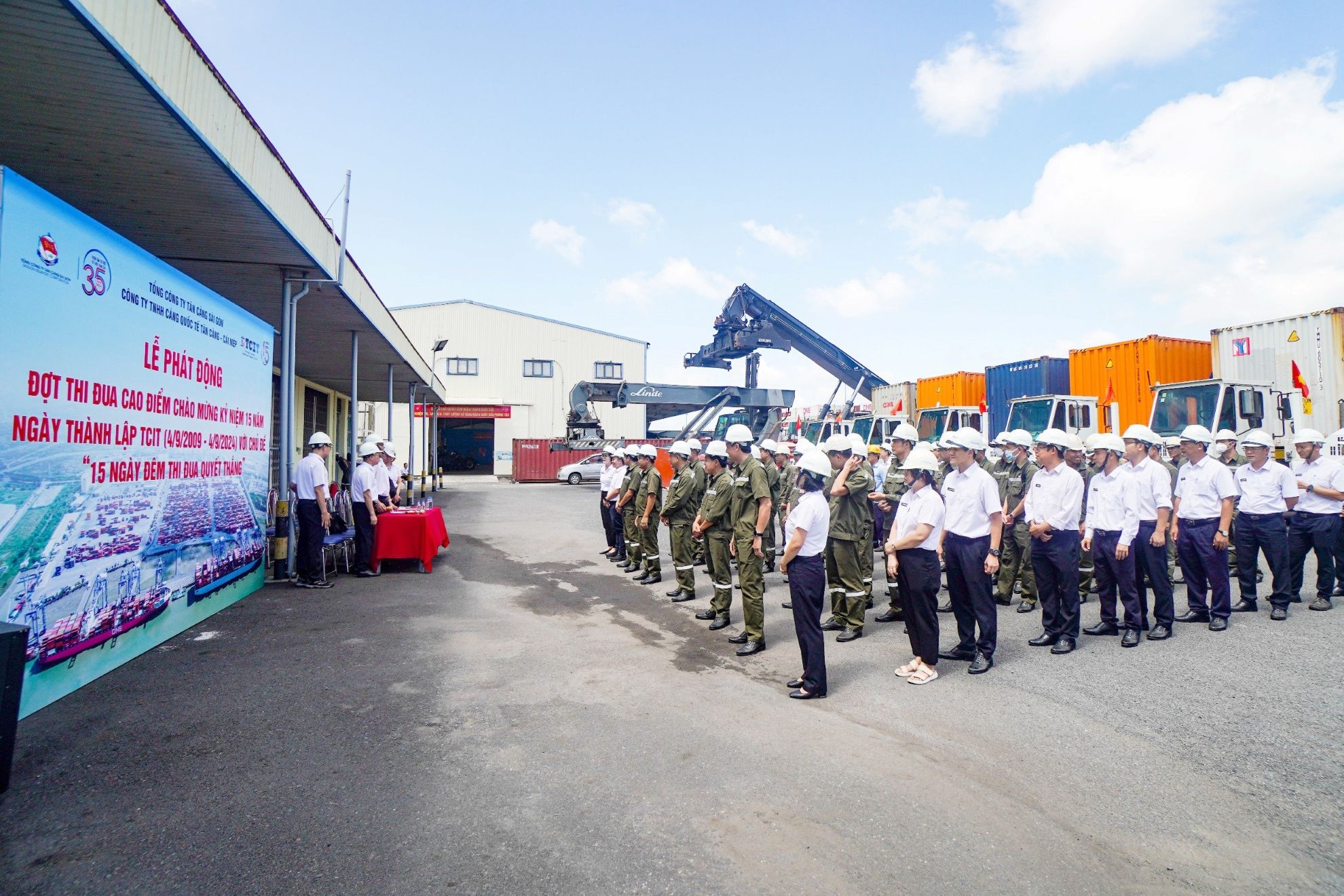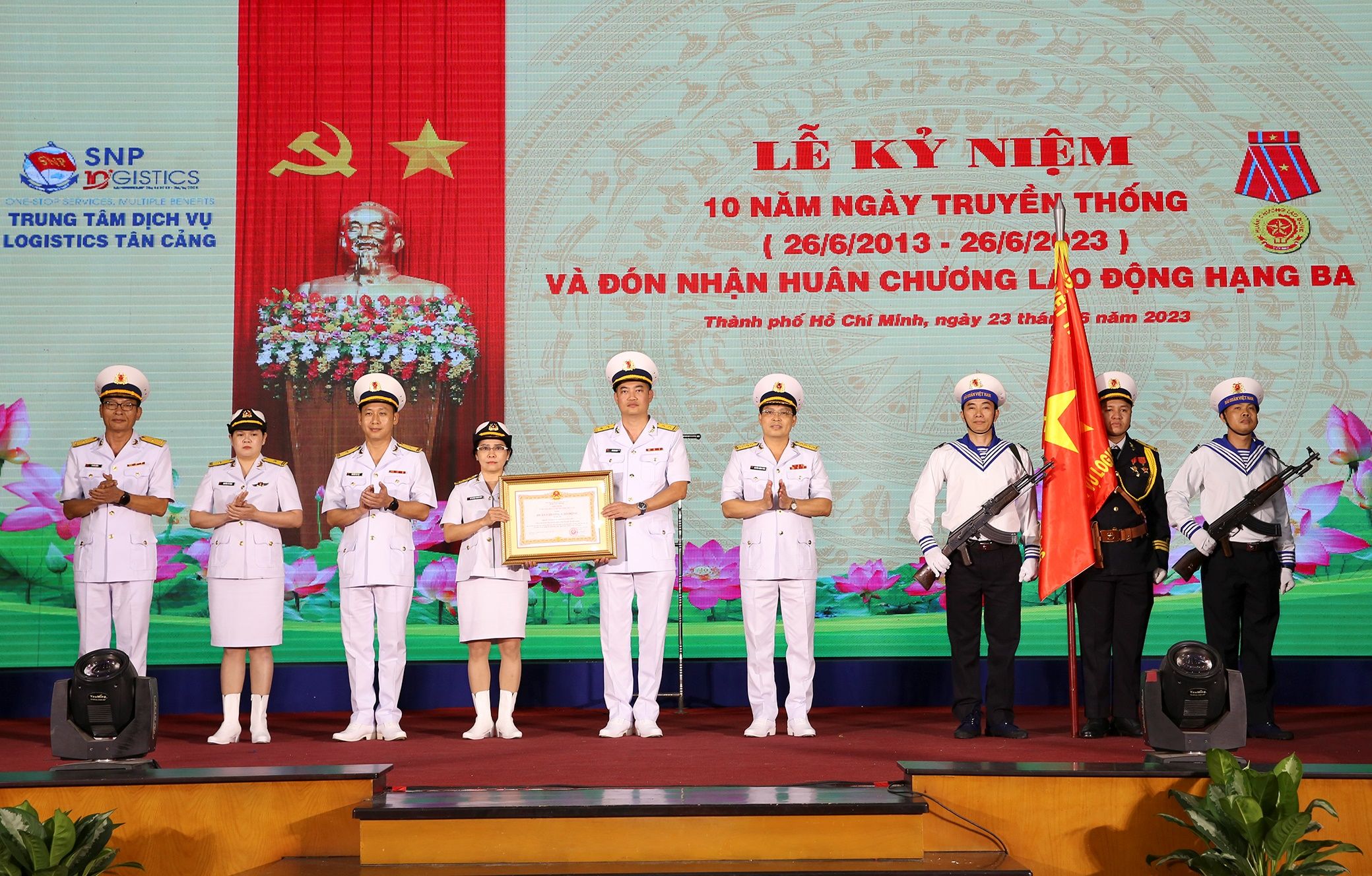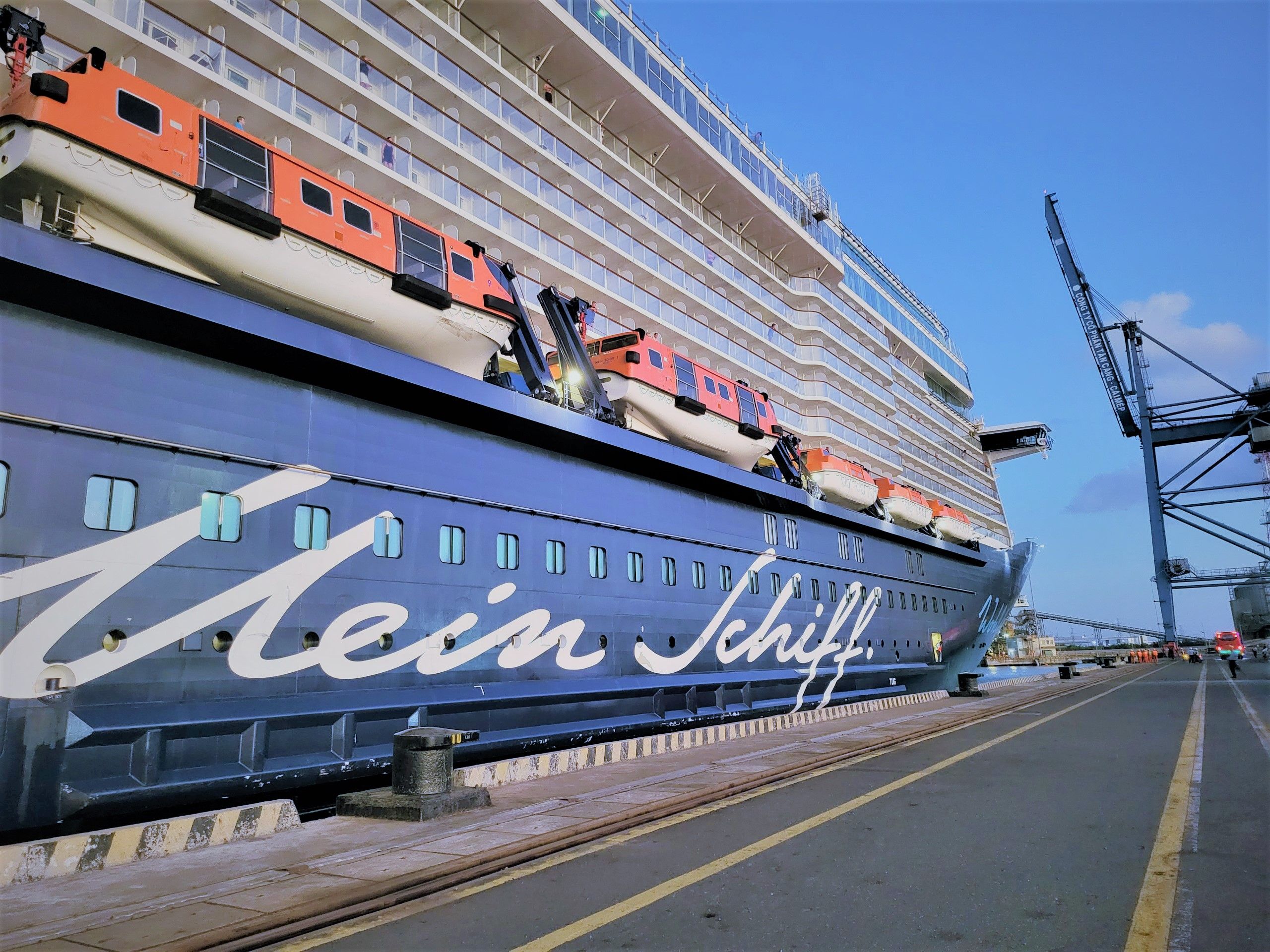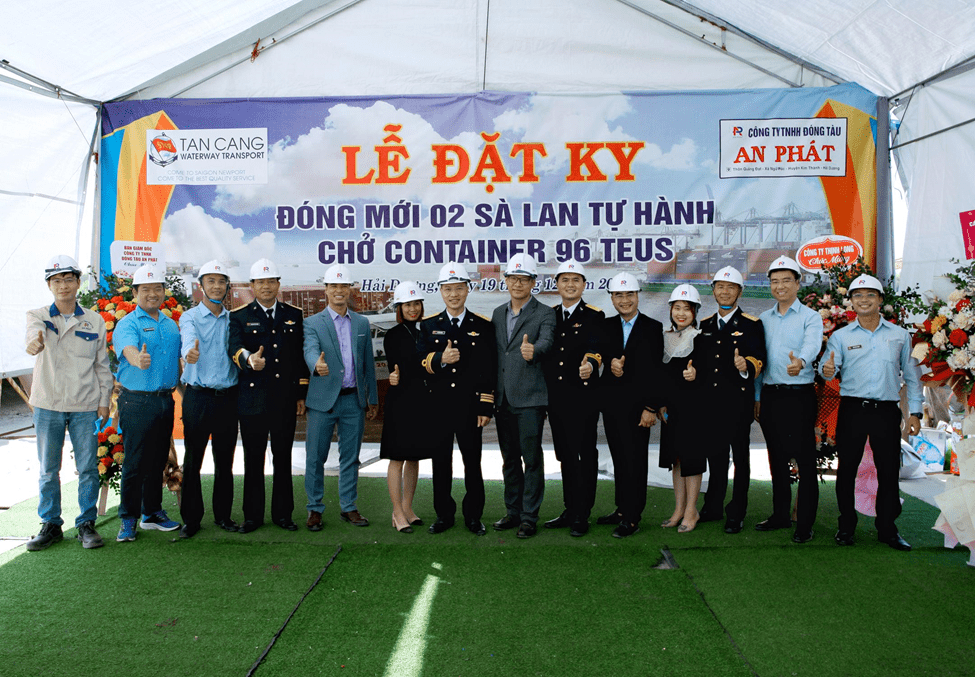Double infrastructure compound: a corner stone of Vietnam’s economy
14/07/2012
In global map, most deep-water ports are located in strategic positions of economy, politics and defense. Developed countries and developing countries as well like Japan, the U.S, France, Netherlands, Korea, Singapore, Thailand, China… has been making good use of their deep-water port systems and their coastal economic zones as well.
“Double infrastructure” compounds of sea-economic zones
PhD Truong Dinh Hien - Senior Researcher of Institute of Physics, Institute of Science and Technology of Vienam, Specialist in Marine Dynamics and continent shelf work, Designer of deep-water ports and compounds of economic complex in the Central region of Dung Quat, Chan May and Nhon Hoi… - affirmed: “The model of Deep-water ports and industrial complexes is a conner stone, a strategic navigation center of sea-economic zones in the Central region and the whole country as well”.
Giving proof to the point, he said:” The foundation of deep-water ports and industrial complexes of Dung Quat, Nhon Hoi, and Chan May has created correlated sea-economic zones, forming a dynamic economic zone. And it has had strong influence to the Central region and the whole country. For example, the foundation of the deep-water and industrial zone of Dung Quat has lay down the foundation of the economic zone of Dung Quat and the key economic zone from Lien Chieu (Da Nang) to Dung Quat (Quang Ngai). Next, the foundation of the deep-water port and industrial complex of Chan May has led to the foundation of the economic zone of Chan May, and similarly, the foundation of the deep-water port and industrial complex of Nhon Hoi has led to the foundation of the economic zone of Nhon Hoi and the expansion of the key economic zone of the Central region to the Southern Binh Dinh (19th Road). The top specialist confirmed: “It can be seen that Nhon Hoi is an indispensable link that lead to the foundation of the economic axis of city, trade, services, and tourism along coastal areas of the Central region, main gateways on EWEC (East-West Economic Corridor) that connect the Central region of Vietnam to Greater Mekong Subregion and connect Vietnam to Asia- Pacific countries and the whole world in the global economic integration process”.
All coastal provinces of the Central region have founded and developed sea-port compounds (over 10 in number) and economic zones, and correlated industrial zones as Nghi Son deep-water seaport and Nghi Son industrial complex (Thanh Hoa), South East Nghe An economic zone (Nghe An), Vung Ang deep-water seaport and Vung Ang industrial complex (Ha Tinh), Hon La port and industrial zone (Quang Binh), Chan May deep-water seaport and Lang Co industrial complex (Thua Thien – Hue), Chu Lai (Quang Nam), Dung Quat deep-water seaport and Dung Quat industrial -economic complex (Quang Ngai), Nhon Hoi deep-water seaport and Nhon Hoi industrial complex (Binh Dinh), Vung Ro port, South Phu Yen economic zone, ports in Khanh Hoa and Nha Trang, and Cai Mep-Thi Vai deep-water seaport system (Ba Ria – Vung Tau).
In nature, according to Mr.Hien’s opinions, the economic zones are sea economic zones with the compound of deep-water seaport and industrial complex - the corner stone. This is the common trend of the world. In the North and South of Vietnam, there have been some economic zones in the double infrastructure model as Van Don economic zone (Quang Ninh), Dinh Vu – Cat Hai economic zone (Hai Phong) and Dinh An economic zone (Tra Vinh).
Deep-water seaport – The Future of Vietnam’s Economy
In general, deep-water seaport and the Maritime are considered to be the most important link in logistics activities and after-port services. In another words, seaport is extremely important to the development of maritime economy in general and Vietnam sea-economy in particular.
According to statistics from International Maritime Association, ¼ of world cargo pass by the Strait of Malacca, and 7/10 busiest seaports are in East Asia. Most of exports goods from Vietnam are transshipped to large vessels anchored in South East Asia, causing the increase in export cost that should have been cheaper than that from Thailand, China and some countries in the region. Transport and loading/unloading in transshipment have pushed the cost up to 28%, losing advantages that Vietnam could have offered to attract foreign investors…
However, in the past few years, the Vietnam seaport system has been invested in large scale with modern loading/unloading equipments. Many projects have been put into operation: SP-SPA port is able to receive vessels up 120,000DWT, and have direct shipping from Vietnam to the U.S, upper Cai Mep container port, able to receive vessels of 80,000-100,000DWT; Cai Mep international terminal (CMIT), able to receive vessels of capacity up to 130,000 DWT… Besides there are projects that have been carrying on as Lach Huyen port that enables to receive vessels of 100,000DWT when completed, Cai Mep-Thi Vai navigation way for vessels up to 130,000DWT and other private businesses’after-port services projects that are being carrying on… The upgrading of large ports in the North of Vietnam enables cheaper and faster export activities of Western China regions. For example, a deep-water port in Hai Phong helps shortening 800 kilometers shipping route to the Western China regions, encouraging businesses to choose Vietnam as the 2nd destination point to cut cost and reduce risks investing in China.
As mentioned, the deep-water seaport in the Central region will receive cargo from/to the North of Thailand, Laos, and Myanmar. It is estimated that they will save around 1.5 billion dollars of the cost of Vietnam’s oil import-export. At the same time, the good seaport system enables the full development of potential of the manufacturing industry in provinces in the South – a strong point and manufacturing center of the whole country, and thus is able to remove the “bottle neck” of the export of local-made products. The deep-water port system can be a transport hub of Cambodia, Southern Thailand and ASEAN countries…
Double infrastructure compounds – deep-water port and industry complex – have gradually become the backbone of the industrialization, that is, industries of power, oil refinery, building materials, steel, ship building, equipments production, petrochemical, electricity, auxiliary industry… leading to the forming of coastal cities, developing oceanward logistics, transport tourism logistics, a system of tourism ports, and high standard fleet for sea-tourism. They all will be great potential of Vietnam’s sea economy.
Going oceanward is an inevitable trend of Vietnam to seek and to ensure the developing requirements in the future. And the Central region has been playing a key role to lead the contry in the stability and development in the 21st century- the century for Vietnam to go oceanward.
Vietnam Logistics review























